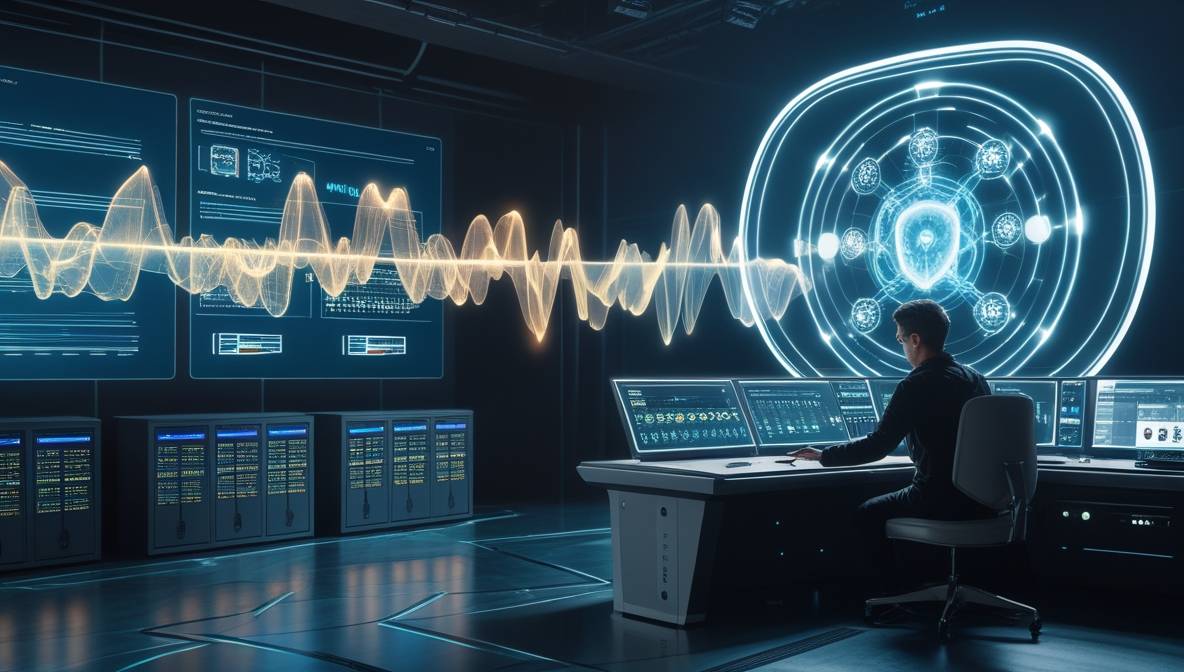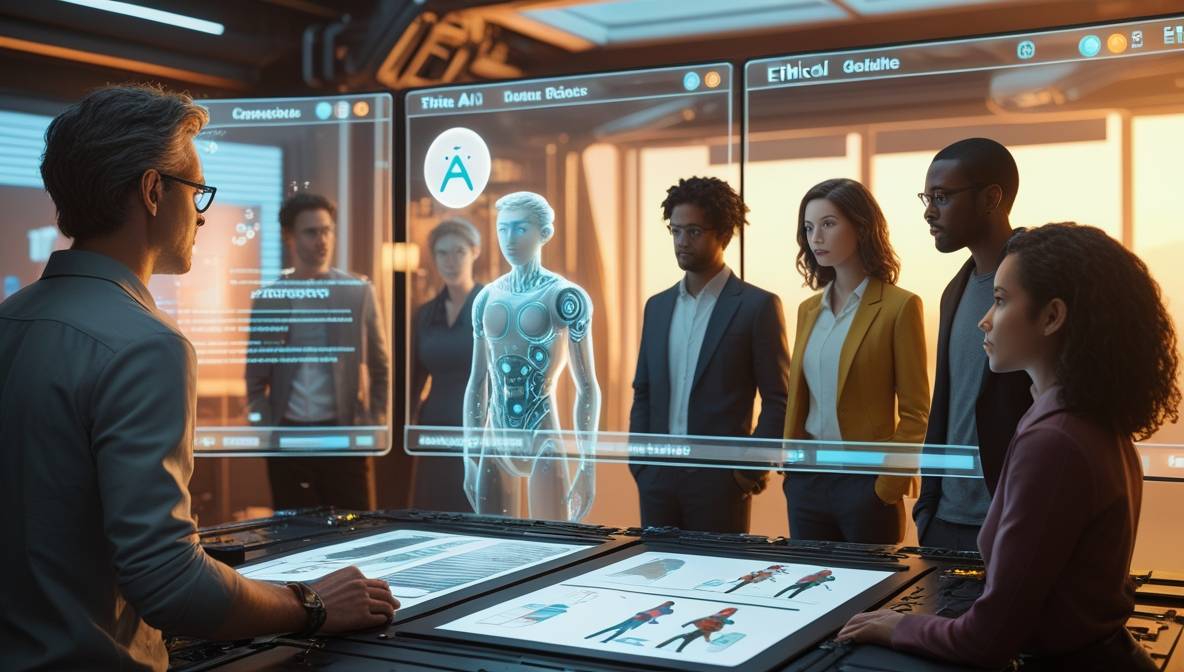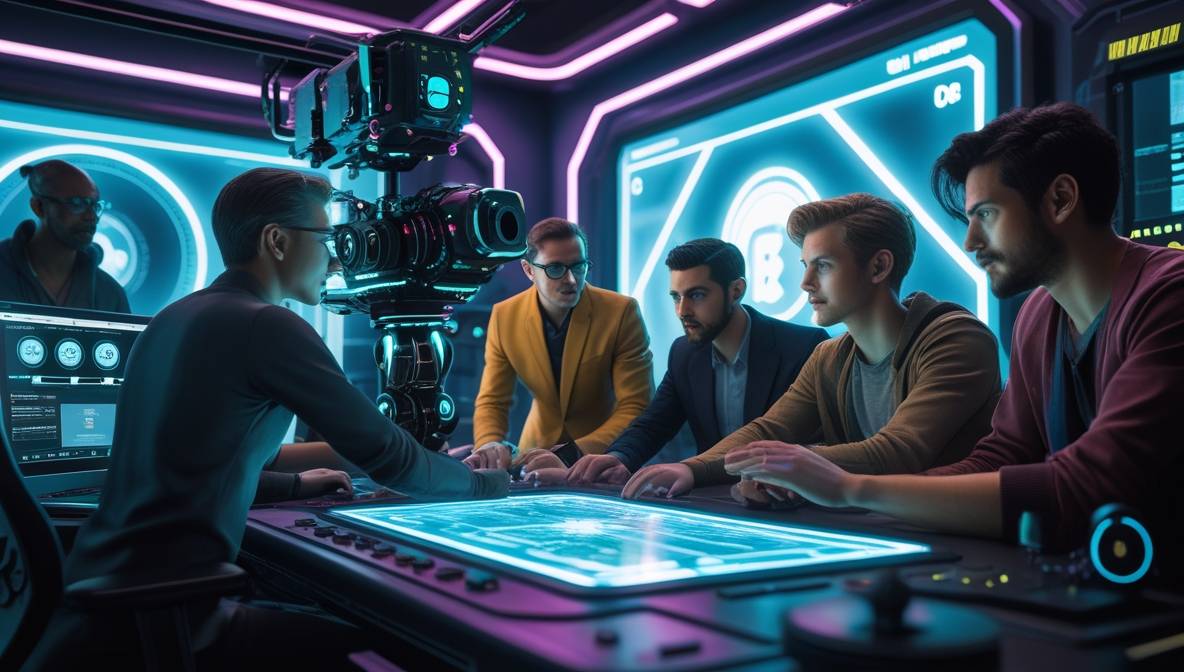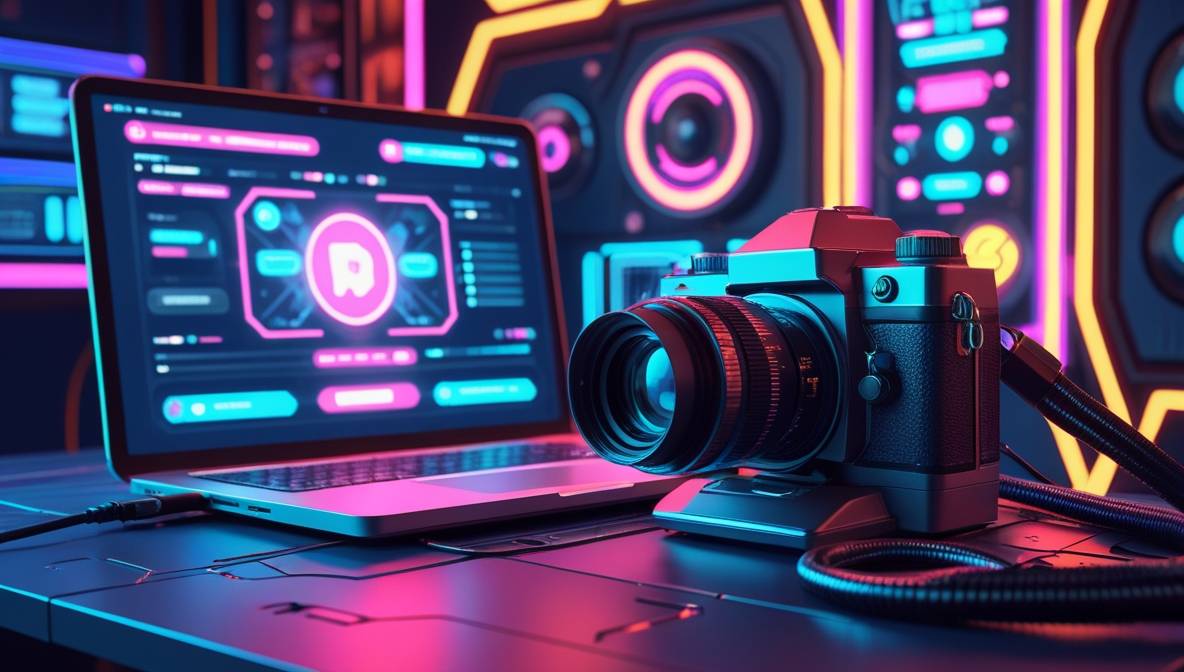Hacking old DSLRs for 2025 streaming setups offers creators a budget-friendly path to professional-grade video quality. With advancements in firmware customization and open-source tools, outdated cameras can rival modern gear. This guide explores actionable steps to transform legacy DSLRs into streaming powerhouses.
Why Repurpose Old DSLRs?
- Cost Efficiency: High-end DSLRs from 2010–2018 often feature robust sensors but lack native streaming capabilities. Modifications bypass expensive upgrades.
- Sensor Quality: Older full-frame or APS-C sensors outperform many budget webcams.
- Customization: Open-source firmware (e.g., Magic Lantern) unlocks manual controls, RAW output, and clean HDMI.
Step-by-Step Guide to Modifying DSLRs
1. Hardware Preparation
- Required Tools:
- HDMI capture card (4K-capable preferred).
- AC power adapter to prevent battery drain.
- Tripod or mounting rig.
- Camera Compatibility:
- Canon EOS 5D Mark III, 7D, or Nikon D5300/D7200.
- Verify firmware version compatibility with hacking tools.
2. Software Installation
- Magic Lantern (Canon): Enables clean HDMI output and higher bitrate recording.
- Download from Magic Lantern’s official site.
- CHDK (Compact Hack Development Kit): For older Canon PowerShot models.
- Nikon Hacker Tools: Community-driven patches for select Nikon DSLRs.
3. Firmware Configuration
| Setting | Recommended Value | Purpose |
|---|---|---|
| HDMI Output | 1080p/30fps | Balances quality and stability |
| Bitrate | 50 Mbps | Reduces compression artifacts |
| Audio Input | External mic via 3.5mm | Enhances sound clarity |
4. Streaming Setup
- Connect the DSLR’s HDMI output to a capture card.
- Use OBS Studio or Streamlabs to integrate the feed.
- Enable noise reduction filters and color grading LUTs for cinematic output.
Top DSLR Models for Hacking (2025-Ready)
| Model | Sensor Size | Max Resolution | Compatible Software |
|---|---|---|---|
| Canon EOS 5D Mark III | Full-Frame | 1080p | Magic Lantern |
| Nikon D7200 | APS-C | 1080p | Nikon Hacker Tools |
| Canon EOS 7D | APS-C | 1080p | Magic Lantern |
| Nikon D5300 | APS-C | 1080p | Community firmware patches |
For a detailed comparison, visit our guide on the best DSLR cameras for streaming.
Optimizing Stream Quality
- Lighting: Pair DSLRs with LED panels or softboxes. Learn more in our videography services guide.
- Audio: Use XLR adapters or external recorders.
- Software Tweaks: Apply Real-Time Streaming Protocol (RTSP) for low-latency output.
Challenges and Solutions
- Overheating: Remove battery panels; use cooling fans.
- Limited Codec Support: Transcode footage via OBS Studio.
- Autofocus Limitations: Manual focus with follow-assist tools.
Future-Proofing Your Setup
- Firmware Updates: Monitor community forums for patches.
- Hardware Mods: Install aftermarket heat sinks or HDMI clamps.
- Hybrid Workflows: Combine DSLR feeds with AI-driven video production tools.
Case Study: Loijaa Studios’ DSLR Stream Rig
- Camera: Canon EOS 7D (2010) with Magic Lantern.
- Stream Quality: 1080p/30fps at 45 Mbps.
- Cost: Under 600(vs.600(vs.2,500 for new mirrorless).
Explore our movie-making services for advanced setups.
FAQs
Q: Will hacking void my camera’s warranty?
A: Yes, but most targeted DSLRs are beyond warranty periods.
Q: Can I use autofocus during streaming?
A: Manual focus is recommended for consistency.
Q: What capture cards work best?
A: Elgato Cam Link 4K or Atomos Ninja V.
Upgrade your streaming toolkit without overspending. For personalized assistance, contact Loijaa Studios via our contact page.



